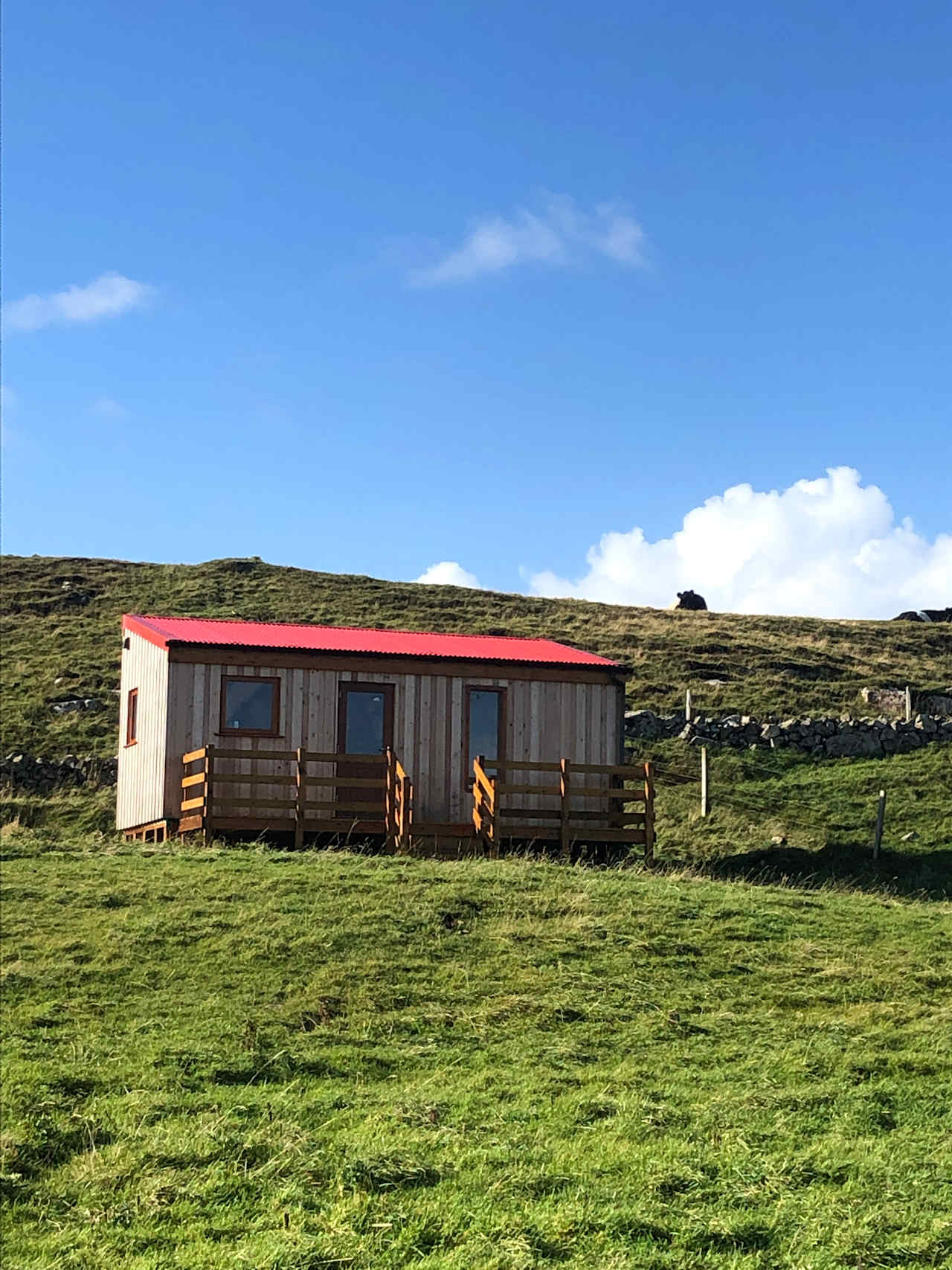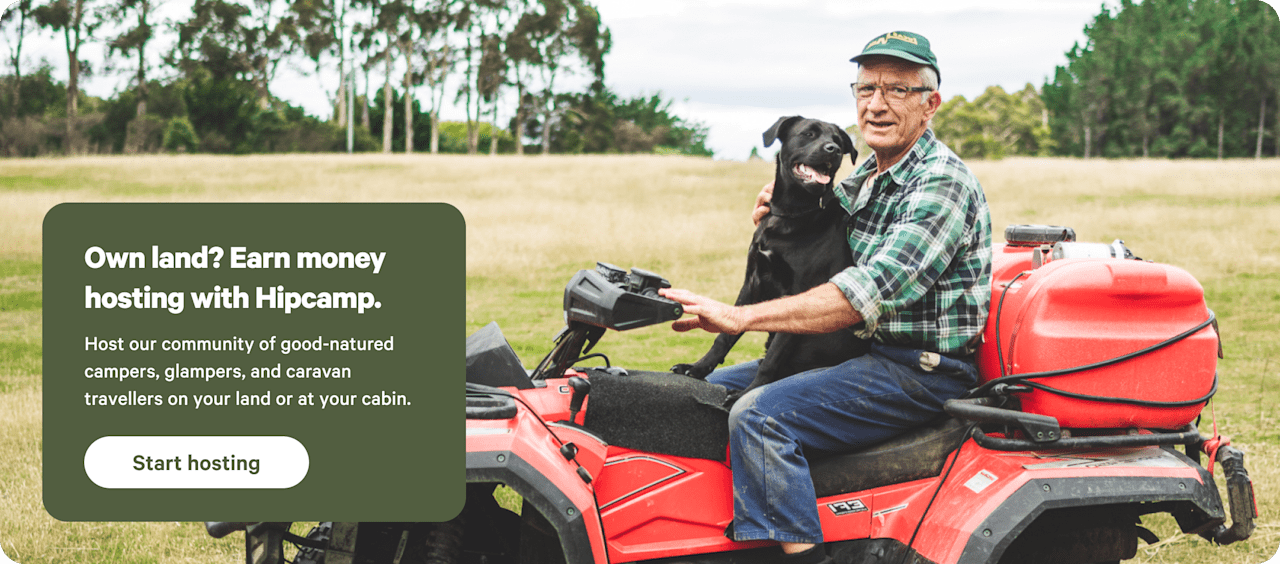Coastal cabins in North Uist
Home to sandy beaches, plentiful wildlife and opportunities for adventure, North Uist is an Outer Hebridean gem.
- North Uist
Popular camping styles for North Uist


Coastal cabins in North Uist guide
Overview
Right in the middle of the Outer Hebrides, between Harris and Benbecula, the island of North Uist is an attractive place to set up camp while tackling the long distance Hebridean Way or island-hopping around the Hebrides. While here you can explore sandy beaches perfect for wind and kite-surfing -pretty lochs, fish for trout, bike around the island, or go bird watching. You’ll also find a welcoming small community and a surprisingly robust arts scene. The summer months are best for good weather, wildlife and outdoor activities, but consider spring and autumn, too. While there are a limited number of campsites on the island, wild camping is always a possibility throughout Scotland—as long as you adhere to the Scottish Outdoor Access Code.
Where to go
Balnarad RSPB Nature Reserve
On North Uist’s west coast, the wildflower-carpeted machair of the Balnarad nature reserve is home to numerous wading and farmland birds, including lapwings, corn buntings and (rarely seen though often heard) corncrakes. You can camp in the reserve, next to a beautiful sandy beach.
Clachan Sands
On the north coast, the pristine white of Clachan Sands is made up from broken shells. Parallel to the beach, the machair is a perfect for walking and a haven for wildlife, including the elusive corncrake—it’s covered in wildflowers during the summer. Next to the beach, you’ll find a flat, grassy area for basic camping that is part of a working farm—there is an honesty box to collect fees.
Carinish
The little hamlet of Carinish, on North Uist’s southern coast, is home to the Neolithic Carinish Stone Circle and the remains of 12th-century Teampull na Trianaid (Church of the Holy Trinity). You can set up camp here overlooking a tidal bay and directly on the Hebridean Way route.
Lochmaddy
Visitors traveling to North Uist by ferry from Uig on the Isle of Skye, disembark in Lochmaddy. Here you’ll find the excellent Taigh Chearsabhagh Museum and Arts Centre, attractively set on the shoreline, as well as several dining options and attractions including the Barpa Langais burial cairn, and the set of three standing stones, Na Fir Bhrèige (The Three False Men).
















